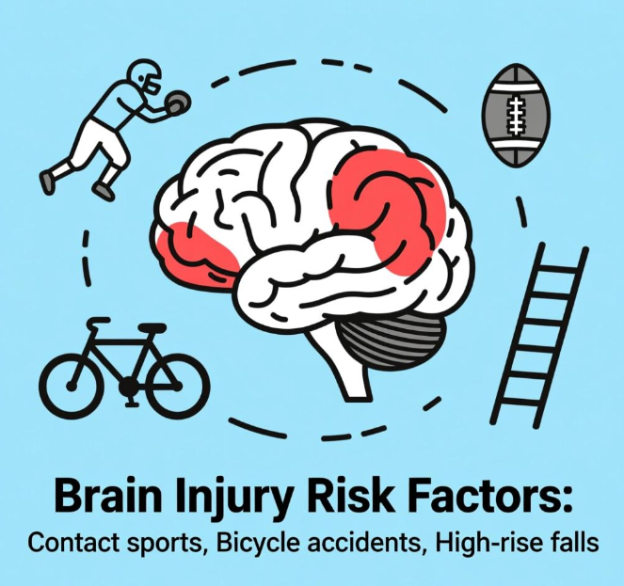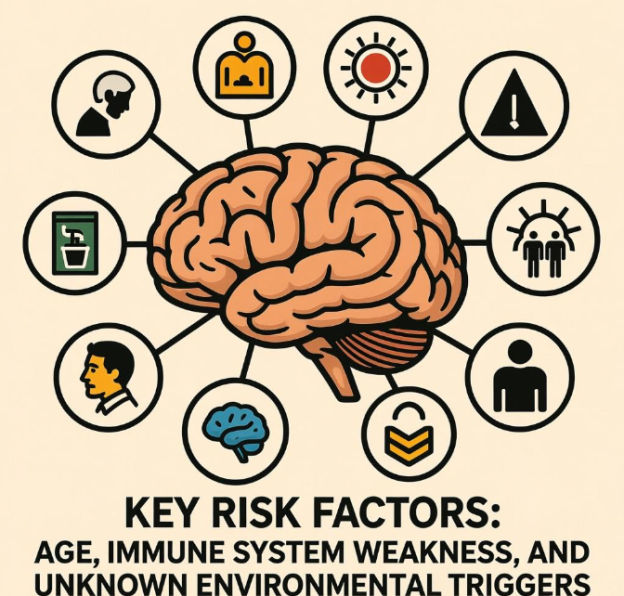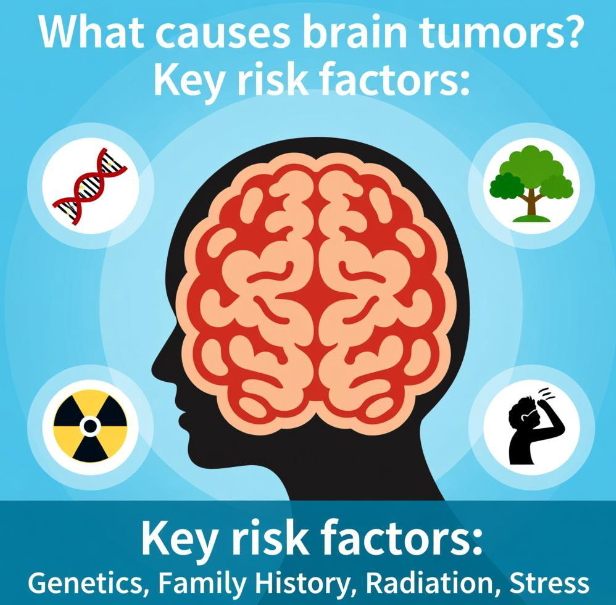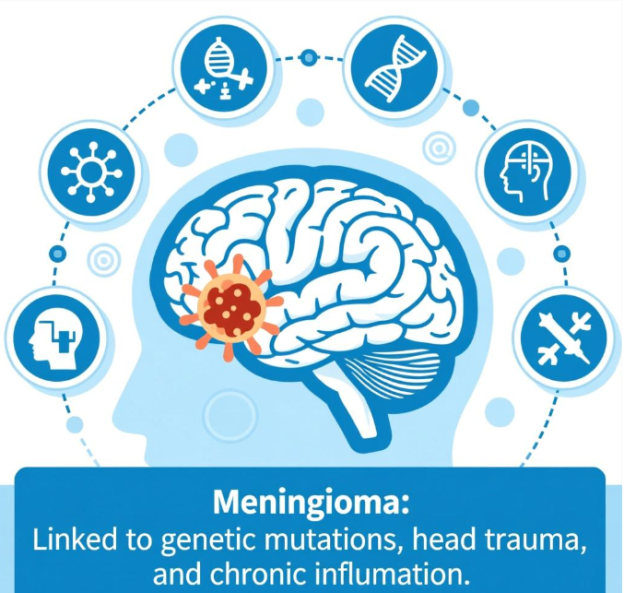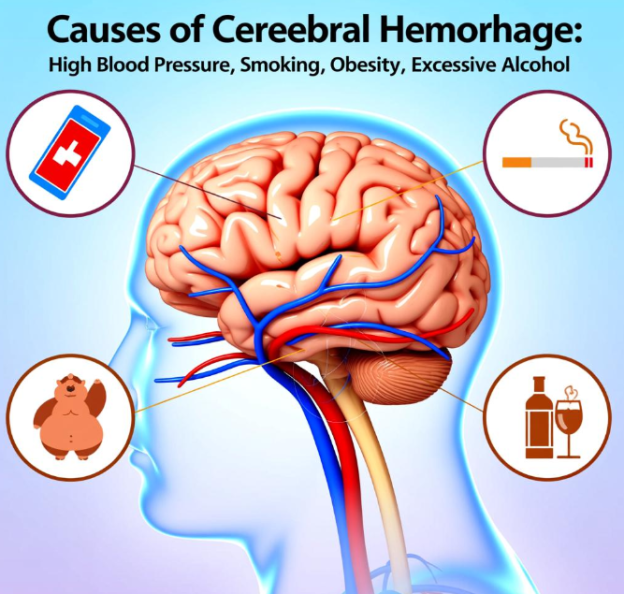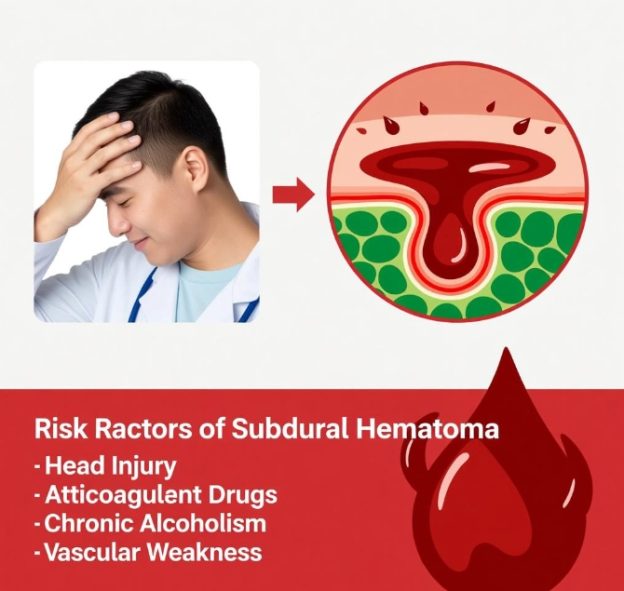A blow, bump, or jolt to the head can bruise the brain, stretch its fibers, or cause bleeding. Symptoms range from “I just got my bell rung” to life-threatening emergencies, so knowing what to watch for keeps you safe.
Mild injuries (concussions) often cause a brief headache, dizziness, or “seeing stars.” You might feel foggy, slow to answer questions, or nauseated right after the hit. Memory of the event can be hazy, and lights or noise may bother you for hours or days. Sleep can be restless, mood may swing, and concentration on school or work tasks feels harder.
Moderate to severe injuries add warning signs: repeated vomiting, worsening headache that won’t ease with rest or usual painkillers, one pupil larger than the other, or clear fluid dripping from the nose or ears. Weakness or numbness in an arm or leg, slurred speech, or increasing confusion signal the brain is under pressure. Seizures, passing out for more than a minute, or agitation and combativeness are red flags. In babies, look for a bulging soft spot, constant crying, or refusal to eat.
When any of these red-flag signs appear—especially symptoms that worsen instead of improving—call 911 right away. Rest, observation, and sometimes surgery are needed to protect the brain.
| Injury level | Common symptoms | Red flags |
|---|---|---|
| Mild (concussion) | Headache, dizziness, “seeing stars,” foggy thinking, nausea, light/sound bother | Worsening headache, repeated vomiting, seizures, unequal pupils, clear fluid from nose/ears, arm/leg weakness, slurred speech, passing out >1 min, agitation |
| Moderate/severe | Same as mild plus longer confusion, memory loss, brief loss of consciousness | Any symptom that gets worse, seizures, coma, agitation, limb weakness |
